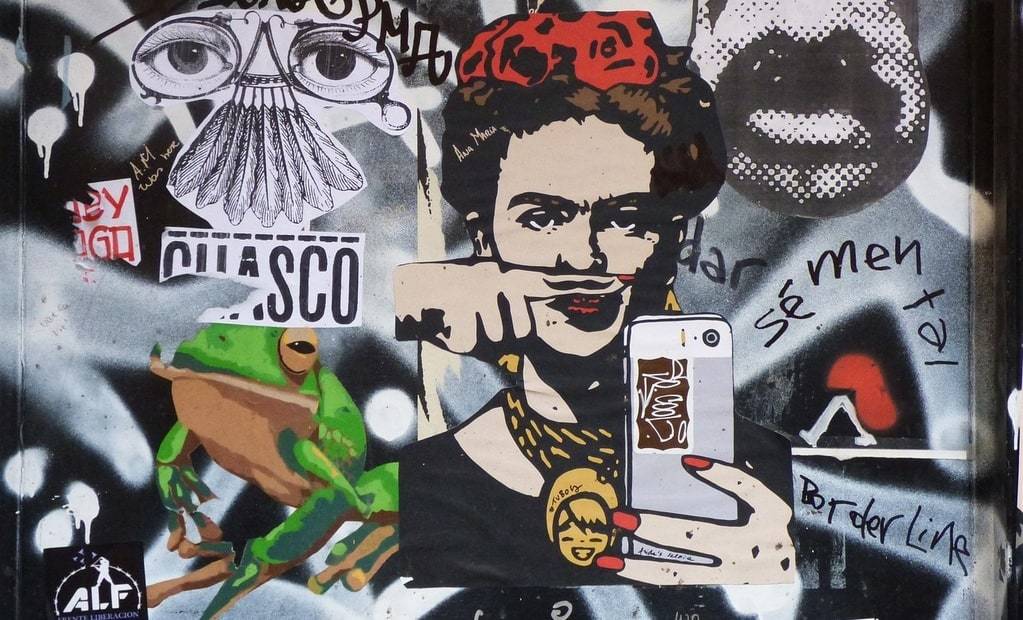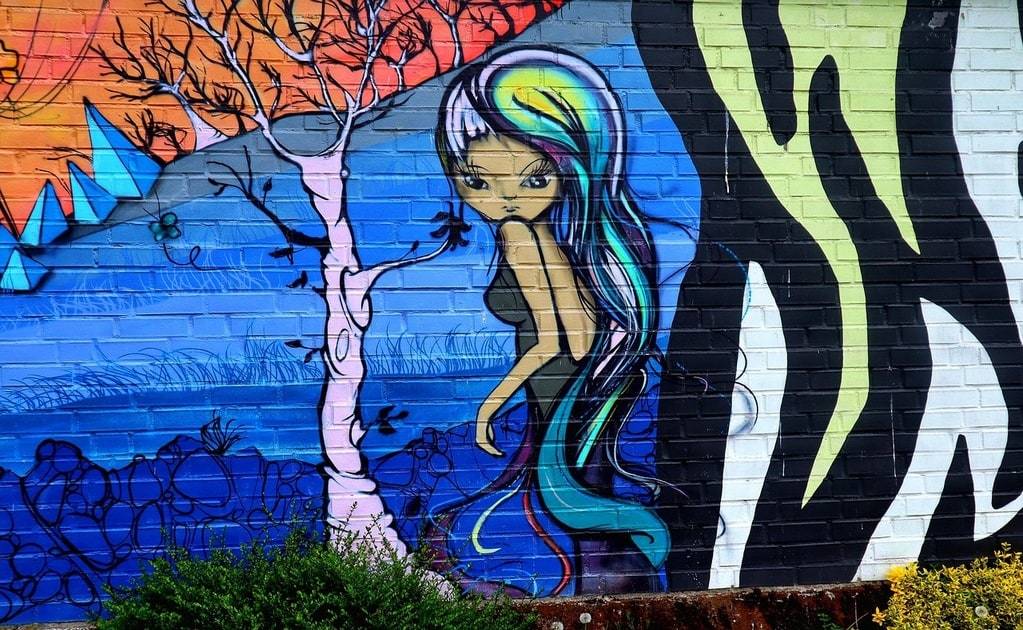The realm of contemporary art is vast, dynamic, and ever-changing, offering a myriad of perspectives that reflect our current times. From installations that engage all the senses to digital artworks that challenge traditional notions of art, contemporary art invites viewers to rethink and reimagine the world around them. This article delves into the multifaceted world of contemporary art, exploring its various forms, the themes it tackles, and its impact on both the art community and society at large.
Understanding the Contemporary Art Landscape
The contemporary art landscape is characterized by a remarkable diversity of mediums, styles, and approaches. Artists today experiment with a wide range of materials and techniques, often blurring the lines between traditional categories such as painting, sculpture, and performance. This fluidity allows for a more inclusive and expansive definition of art, one that embraces innovation and pushes boundaries.
The Role of Technology in Contemporary Art
One of the most significant developments in contemporary art is the integration of technology. Digital art, virtual reality, and augmented reality have opened new avenues for artistic expression. Artists use these tools to create immersive experiences that engage audiences in unique ways. For instance, interactive installations can transform spectators into active participants, altering their perception and involvement with the artwork.

Major Themes in Contemporary Art
Contemporary art often reflects the complex issues and challenges of our times. Common themes include identity, globalization, environmental concerns, and social justice. Through their work, artists address these topics, offering commentary and provoking thought. For example, many contemporary artists explore themes of identity by examining race, gender, and sexuality, challenging societal norms and stereotypes.
Prominent Contemporary Artists
Several artists have made significant contributions to contemporary art, gaining international recognition for their innovative work. Some notable figures include:
- Ai Weiwei: known for his powerful installations that address human rights and freedom of expression.
- Yayoi Kusama: famous for her immersive polka dot and mirror room installations.
- Banksy: an anonymous street artist whose provocative works often comment on politics and society.
- Marina Abramovi?: a pioneer in performance art, exploring themes of endurance, pain, and the relationship between performer and audience.
How Contemporary Art Influences Society
Contemporary art plays a vital role in shaping cultural discourse and influencing societal change. By addressing pressing issues and fostering dialogue, contemporary artists contribute to the ongoing conversation about the human condition. Their work can inspire empathy, raise awareness, and motivate action.
Engaging with Contemporary Art
Engaging with contemporary art can be a deeply rewarding experience. Whether visiting galleries, attending exhibitions, or exploring art online, there are many ways to immerse oneself in the contemporary art world. For those new to contemporary art, it might be helpful to start with guided tours or educational programs offered by museums and galleries. These resources can provide valuable insights into the artists’ intentions and the context of their work.
Here are some suggestions for engaging with contemporary art:
- Visit contemporary art museums and galleries: these institutions often feature rotating exhibitions that showcase the latest in contemporary art.
- Attend art fairs and biennials: events like Art Basel and the Venice Biennale offer opportunities to see a wide range of contemporary artworks and meet artists and collectors.
- Explore online art platforms: websites and social media platforms dedicated to contemporary art provide access to virtual exhibitions, artist talks, and other resources.
The Future of Contemporary Art
As the world continues to evolve, so too will the landscape of contemporary art. Emerging technologies, global interconnectedness, and shifting cultural dynamics will shape the future of artistic expression. Artists will continue to challenge conventions and explore new territories, ensuring that contemporary art remains a dynamic and integral part of our cultural fabric.
Contemporary art is not just about aesthetics; it is a powerful medium for expressing ideas, challenging perceptions, and inspiring change. By engaging with contemporary art, individuals can gain a deeper understanding of the world and their place within it. This exploration can lead to personal growth, increased empathy, and a broader perspective on the complexities of modern life.
